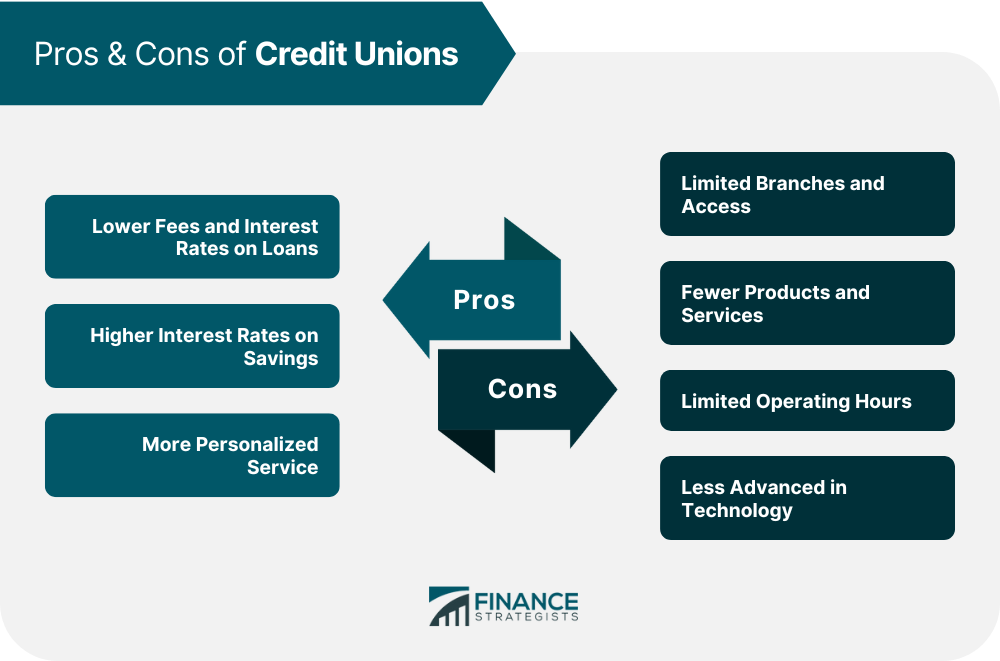Credit Unions in Wyoming: Comprehensive Financial Solutions and Participant Conveniences
Credit Unions in Wyoming: Comprehensive Financial Solutions and Participant Conveniences
Blog Article
The Ultimate Overview to Comprehending Lending Institution

Lending institution stand as unique economic entities, rooted in principles of common support and member-driven operations. Beyond their fundamental worths, understanding the intricate operations of credit unions entails a deeper exploration. Unwinding the complexities of subscription qualification, the evolution of solutions offered, and the distinctive benefits they bring requires a thorough evaluation. As we browse via the details of credit history unions, an insightful trip awaits to lose light on these member-focused organizations and just how they differ from traditional financial institutions.
What Are Cooperative Credit Union?
Credit rating unions are member-owned economic institutions that use a series of banking solutions to their participants. Unlike standard financial institutions, lending institution operate as not-for-profit organizations, indicating their key focus is on serving their participants instead of optimizing earnings. Members of a credit rating union commonly share a common bond, such as benefiting the very same employer, belonging to the same community, or belonging to the same company.
One of the essential benefits of credit rating unions is that they typically use higher rate of interest rates on interest-bearing accounts and reduced interest rates on finances contrasted to financial institutions. Credit Unions in Wyoming. This is because credit score unions are structured to profit their participants directly, permitting them to hand down their profits in the type of better prices and fewer fees. In addition, lending institution are recognized for their customized customer support, as they focus on building relationships with their members to comprehend their unique economic requirements and goals
Background and Advancement of Credit Score Unions
The origins of member-owned financial cooperatives, recognized today as lending institution, trace back to a time when neighborhoods sought choices to traditional banking organizations. The concept of cooperative credit union come from the 19th century in Europe, with Friedrich Wilhelm Raiffeisen typically credited as the pioneer of the participating financial movement. Raiffeisen started the very first recognized cooperative credit union in Germany in the mid-1800s, highlighting neighborhood assistance and self-help concepts.
The evolution of lending institution continued in The United States and Canada, where Alphonse Desjardins developed the first lending institution in Canada in 1900. Shortly after, in 1909, the initial U.S. cooperative credit union was formed in New Hampshire by a group of Franco-American immigrants. These very early lending institution operated the fundamental principles of shared aid, democratic control, and member possession.
With time, debt unions have grown in popularity worldwide because of their not-for-profit framework, emphasis on offering members, and providing affordable monetary product or services. Today, lending institution play an essential role in the financial industry, providing easily accessible and community-oriented financial options for businesses and individuals alike.

Membership and Qualification Requirements
Subscription at a cooperative credit union is commonly limited to individuals satisfying internet specific qualification criteria based upon the organization's beginning principles and governing demands. These criteria often consist of factors such as geographical place, work condition, subscription in specific companies, or association with details groups. Lending institution are recognized for their community-oriented method, which is shown in their subscription requirements. Credit Union in Wyoming. For example, some cooperative credit union might just serve people who function or live in a particular area, while others may be tailored to employees of a specific firm or members of a certain organization.
Additionally, lending institution are structured as not-for-profit organizations, implying that their main goal is to offer their participants as opposed to generate profits for investors. This emphasis on member solution frequently equates into even more tailored interest, lower costs, and competitive interest prices on car loans and cost savings accounts. By satisfying the eligibility standards and ending up being a member of a credit union, people can access a variety of financial items and services customized to their particular requirements.
Services and Products Used
One of the crucial facets that sets credit history unions apart is the varied range of financial services and products they provide to their participants. Credit history unions typically offer standard financial solutions such as financial savings and checking accounts, financings, and credit scores cards.
Additionally, lending institution typically offer practical online and mobile banking alternatives for participants to conveniently handle their Click Here financial resources. They may use advantages such as common branching, enabling members to access their accounts at other lending institution across the country. Some lending institution likewise supply insurance policy products like auto, home, and life insurance coverage to help participants secure their possessions and loved ones.

Benefits of Financial With Credit Unions
When considering monetary institutions, checking out the benefits of banking with credit score unions exposes one-of-a-kind benefits Click Here for members looking for personalized service and competitive prices. Unlike big financial institutions, credit scores unions are member-owned and focus on structure strong connections with their participants. Overall, banking with a credit rating union can give a more customized, cost-efficient, and member-centric financial experience.
Final Thought
In final thought, credit scores unions stand out as member-owned financial institutions that prioritize serving their participants over making best use of earnings. With origins dating back to 19th century Europe, credit history unions comply with principles of shared support and member possession.
Credit unions are member-owned economic organizations that offer an array of financial services to their participants. The idea of credit history unions originated in the 19th century in Europe, with Friedrich Wilhelm Raiffeisen often attributed as the pioneer of the participating financial movement.The advancement of credit unions proceeded in North America, where Alphonse Desjardins established the very first credit report union in Canada in 1900. Credit score unions normally offer typical banking solutions such as financial savings and inspecting accounts, car loans, and credit cards.When taking into consideration monetary establishments, exploring the advantages of financial with credit scores unions discloses distinct advantages for participants seeking personalized service and competitive prices.
Report this page